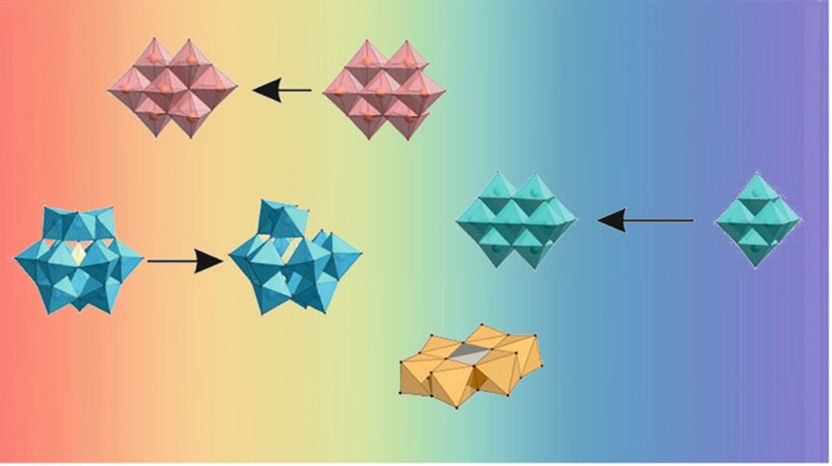Transition metal catalyst prompts 'conjunctive' cross-coupling reaction
By employing a third reactant, researchers at Boston College have developed a new type of 'cross coupling' chemical reaction, building on a Nobel Prize-winning technique that is one of the most sophisticated tools available to research chemists.
A key component of that novel approach - known as Suzuki-Miyaura coupling - connects two types of reactants, including one electron donor and one electron acceptor.
Boston College Professor of Chemistry James P. Morken and his team report using transition metals to develop an alternative cross-coupling process that merges two electron donors while they react with the electron acceptor. The resulting 'conjunctive' reaction takes place efficiently and offers a high degree of selectivity, the team reports.
"Our first significant step was determining that transition metals could facilitate the merger of two organic reactants in a manner commonly observed for other non-metallic chemical reagents," said Morken, the Louise and James Vanderslice and Family Professor of Chemistry at BC. "Once the team made this connection, then we narrowed our focus to consider ways in which catalysis might be achieved."
In a field as widely studied as transition metal cross-coupling, Morken said the researchers were surprised to uncover a new variation on the ground-breaking catalytic method. The team's early research shows that the new type of reaction can be efficient and selective, two characteristics prized by the researchers who use these types of catalysts, Morken said.
The team's focus is now on finding abundant and cost-effective metal compounds to enable the three-reactant cross-coupling, said Morken, whose research team included graduate students Liang Zhang, Gabriel J. Lovinger, Emma K. Edelstein, Adam A. Szymaniak, and Matteo P. Chierchia.
"Our team is addressing the limitations found in the early stage development and I think in the long-term that this mode of catalysis will have an impact on the way organic compounds are manufactured, most likely those used in the pharmaceutical industry," said Morken. "If the underlying reactivity can be used in other catalytic chemical processes, then that should open up a broad new collection of chemical reactions that will be of use in chemical manufacture."
Original publication
Other news from the department science

Get the chemical industry in your inbox
By submitting this form you agree that LUMITOS AG will send you the newsletter(s) selected above by email. Your data will not be passed on to third parties. Your data will be stored and processed in accordance with our data protection regulations. LUMITOS may contact you by email for the purpose of advertising or market and opinion surveys. You can revoke your consent at any time without giving reasons to LUMITOS AG, Ernst-Augustin-Str. 2, 12489 Berlin, Germany or by e-mail at revoke@lumitos.com with effect for the future. In addition, each email contains a link to unsubscribe from the corresponding newsletter.
Most read news
More news from our other portals
Last viewed contents
European_Gemological_Laboratory_(USA)

Groupe Novasep - Pompey, France
New CLH public consultation launched on hydroxyisohexyl 3-cyclohexene carboxaldehyde and bupirimate
Natural_cleaning_product
Rhône-Poulenc
Louisiana Tech researchers using nanotechnology in biofuel process to save money, environment

Making the most of minuscule metal mandalas - This achievement has the potential to drive new discoveries and advancements in fields like catalysis, medicine, and beyond
Sandia Labs technology used in Fukushima cleanup
Knowing when poultry goes foul




























































